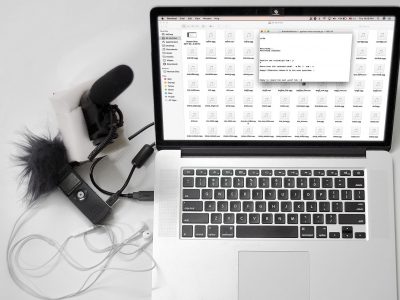This month marked the official launch of VOA Radiogram. This new and experimental Voice of America project is using “old school” AM Shortwave broadcasting technology to transmit digital messages and images.
Radiograms are a way to send written messages through a network of amateur radio operators. This requires an organized convergence of several radio operators on the same AM frequency at an allocated time (a traffic net), allowing the group to discuss a specific topic of interest, or to relay information about traffic, weather or emergency situations.
VOA Radiogram is experimenting with sending digital messages across these frequencies. With a broadcast originating from North Carolina (USA), the transmission reached as far as Australia.

Image of text transmitted from Radio Miami and decoded in Melbourne, Australia (courtesy of VOA Radiogram's tumblr)
Decoding the transmitted messages requires one of several free software packages (such as Fldigi, Flmsg, or Flamp, available from W1HKJ).
Kim Andrew Elliot, audience researcher for the US-based International Broadcasting Bureau and the man behind the VOA Radiogram, argues on his blog that not only is the technology simple and inexpensive for transmission (and free for reception) but that it could be especially useful in times when the internet is not available, such as emergencies or under repressive regimes.
The next VOA Radiogram transmission will be this coming weekend (30 and 31 March, 2013), and they ask for reports, audio samples, and screenshots from those participating to gauge the technological success of the experiment.
For further information about shortwave radio, the website SWLing hosts an online database of information about its use, as well as a blog that discusses using this technology to transmit digital texts.
VOA Radiogram is also on twitter.



